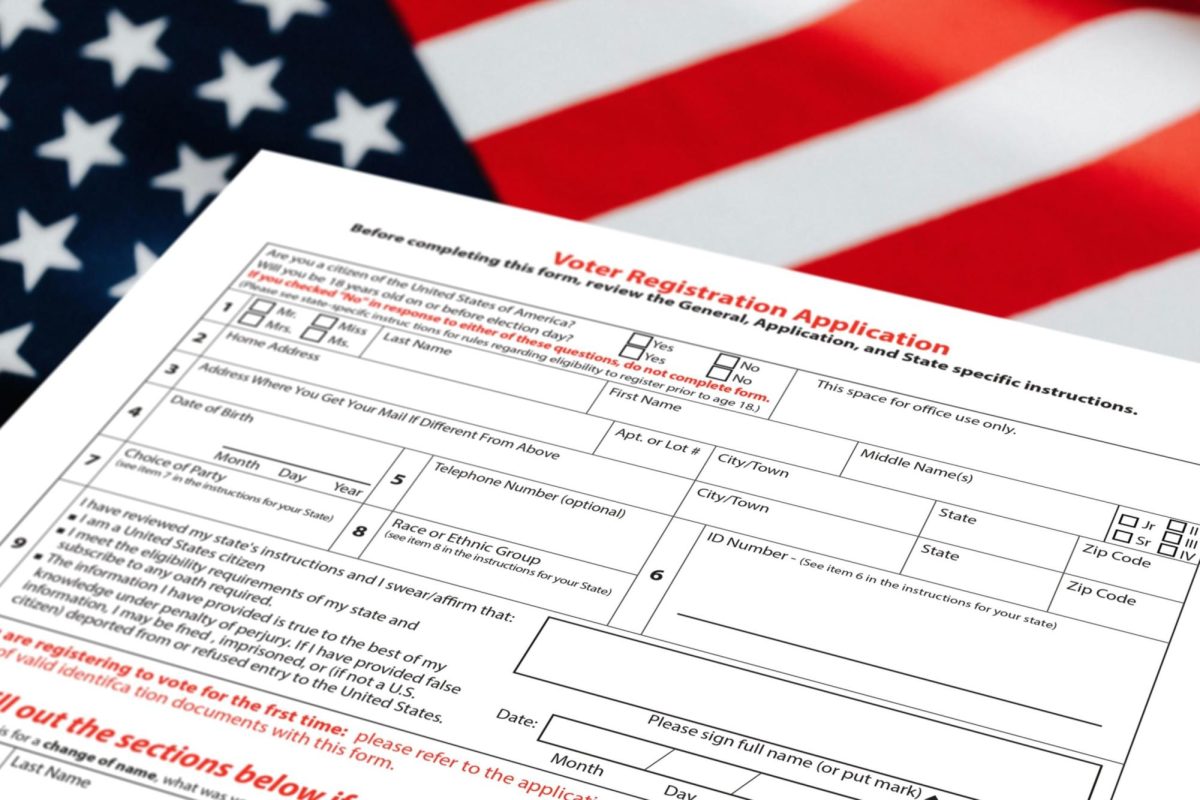The Panama Canal is one of the main maritime transportation routes, it is responsible for waterway trade across the world and makes up 40 percent of U.S container traffic. The Canal is currently experiencing one of its biggest droughts since its creation in 1904.
This drought is causing the water levels to decrease gradually. The drought stems from a lack of rainfall to supply water to Lake Gatun, which is the Canal’s major source. “Shipment of two million tons of goods from textiles to food have been delayed because of the disruption at the Panama Canal,” said Jose Cervantes, General Manager at the Panama shipping company Agunsa.
To prevent the issue from exacerbating, precautions are being taken. By decreasing the amount of ships going through and making cargo lighter, less water is being used up. The amount of ships that pass through daily has decreased from 38 to 24. With the canal no longer a functional option, ships now must take a longer route which has raised the cost of shipment.
The authorities of the Canal are working on a plan that they hope will prevent the water levels from dropping further and allow the canal to run smoothly once again without delay. “We don’t want this to be a recurring issue. We don’t want to drop transits or tonnage,” said Panama Canal Chief Sustainability Officer, Ilya Espino de Marotta.
Multiple solutions have been proposed to restore the Canal to its previous state. A dam on the Indio River to flow water into Lake Gatun, desalination power plants, or even seeding clouds to encourage rain. However, each of these ideas take time to conduct and it would take years to produce a long-term result.











































